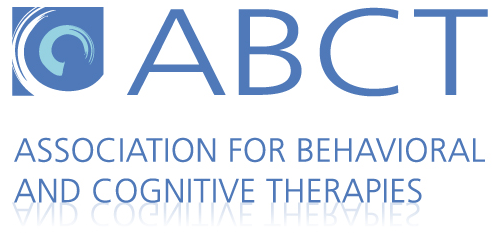Sadness, Hopelessness, & Depression
Created on August 5, 2017. Last updated on March 6th, 2024 at 04:53 pm
Take me to the effective therapies for depression
 Sadness and hopelessness are felt by children and adolescents for many different reasons (e.g., in response to the loss of a family member). But if your child seems to be sad or feeling hopeless for no known reason or for a very long period of time, this may be a sign of depression. Sadness, hopelessness, and depression are some of the most common symptoms of child and adolescent depression.
Sadness and hopelessness are felt by children and adolescents for many different reasons (e.g., in response to the loss of a family member). But if your child seems to be sad or feeling hopeless for no known reason or for a very long period of time, this may be a sign of depression. Sadness, hopelessness, and depression are some of the most common symptoms of child and adolescent depression.
What is Depression?
Even though it is common for most children and teenagers to feel down or sad sometimes, a smaller number of youth experience a more severe disorder known as depression.
Young people, who are “clinically” depressed feel sad, hopeless, or short-tempered for weeks or even months at a time. They may lose interest in activities that they used to enjoy (e.g., playing with friends). Their sleeping and eating habits often change (i.e., may eat or sleep either more or less than usual, have trouble thinking or paying attention, even to TV shows or games).
Of particular concern, children and adolescents who are depressed may think or talk a lot about death. Some depressed children have more specific thoughts about hurting or killing themselves.
Often children and teenagers may have similar symptoms when they are grieving the loss of someone close to them. But with depression, these thoughts and feelings usually appear even when the child has not faced a loss or a sad event.
Some common depressive disorders include:
- Major depressive disorder
- Persistent depressive disorder
Effective Therapies for Depression
Cognitive behavioral therapy (CBT) currently has the most research support as a treatment for children and adolescents with depression. Research supporting treatments for adolescents is stronger than the studies available on treatments for children.
In children and adolescents who have moderate to severe depression, it may be helpful to try medication, such as antidepressants.
The chart below includes information on the various forms of evidence-based child and adolescent therapies for depression. These therapies have been tested by researchers and clinical child and adolescent psychologists, and ranked based on the evidence that shows how effective they have been in the treatment of depression.
| Level One: Works Well |
|
| Level Two: Works |
|
| Level Three: Might Work |
|
| Level Four: Experimental |
|
| Level Five: Unknown/Untested |
|
To find out more about how these treatment levels are defined, click here.
| Level One: Works Well |
|
| Level Two: Works |
|
| Level Three: Might Work |
|
| Level Four: Experimental |
|
| Level Five: Unknown/Untested |
|
To find out more about how these treatment levels are defined, click here.
Therapies and Terms Defined:
- CBT: cognitive behavioral therapy
- IPT: individual interpersonal psychotherapy
Source(s): Weersing, R.V., Jeffreys, M., Do, M.T, Schwartz, K.T.G., & Bolano, C. (2017). Evidence base update of psychosocial treatments for child and adolescent depression. Journal of Clinical Child and Adolescent Psychology, 46(1), 11-43. https://doi.org/10.1080/15374416.2016.1220310







